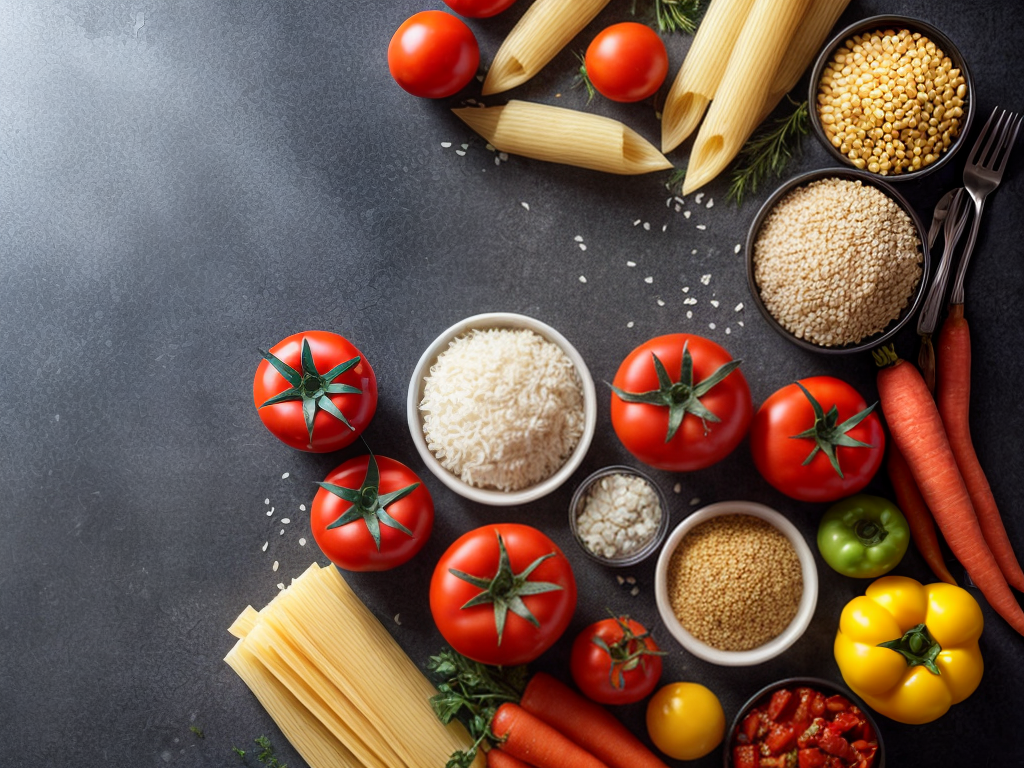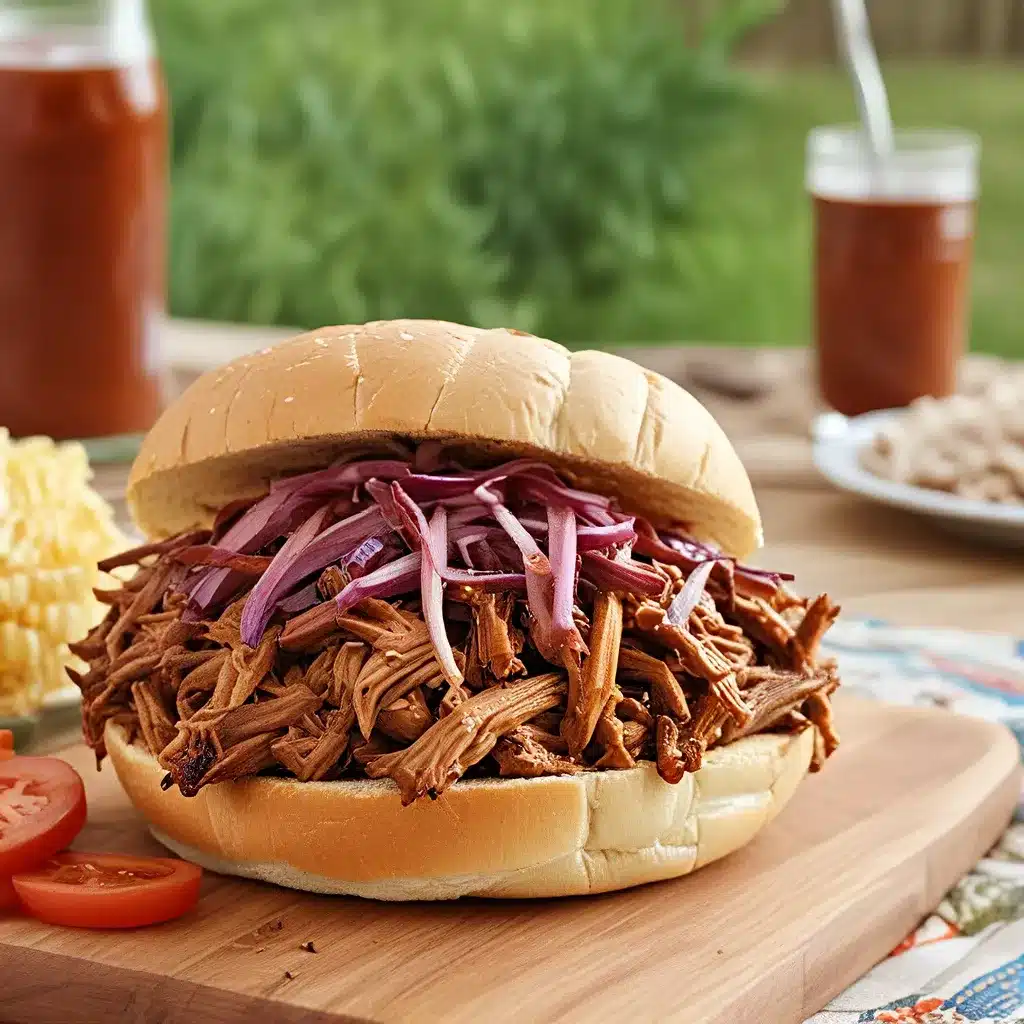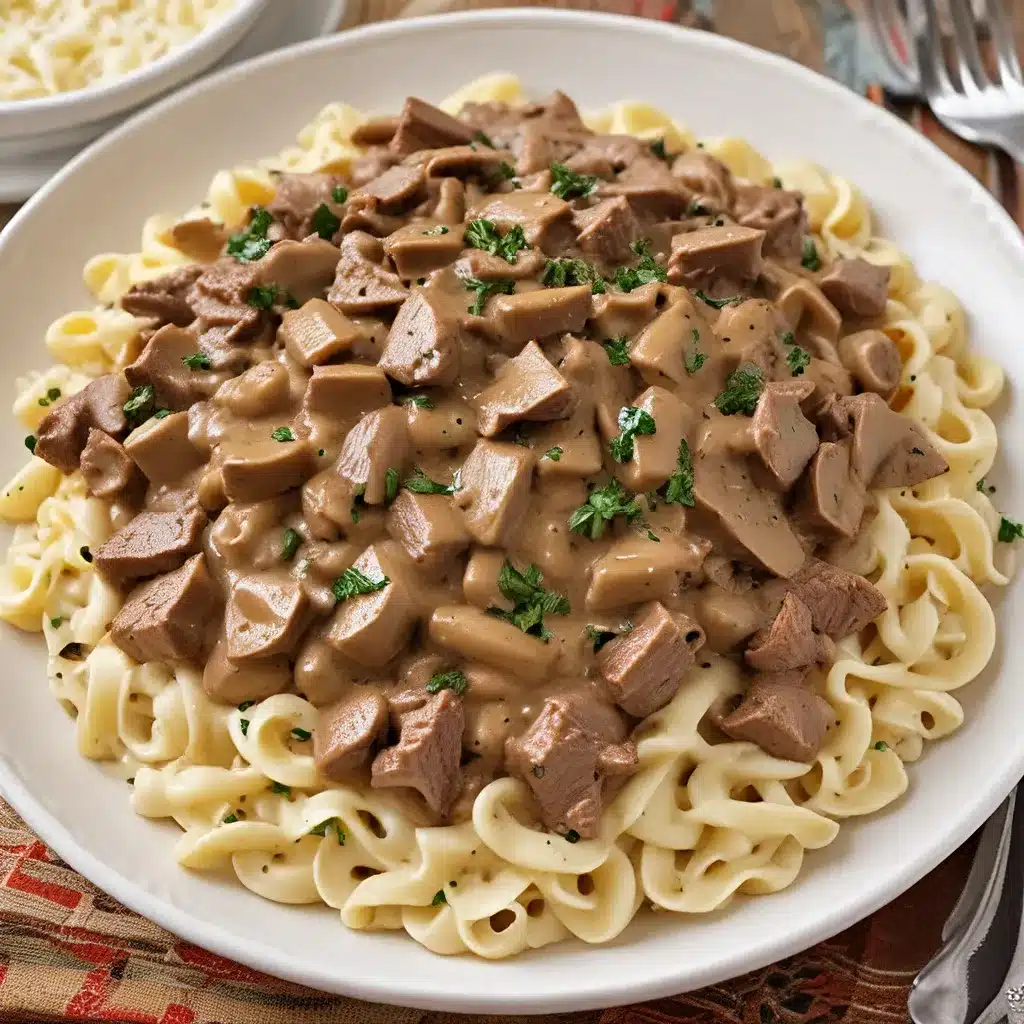
They say that necessity is the mother of invention, and when it comes to meal planning on a budget, I couldn’t agree more. As a professional food enthusiast, I’ve had my fair share of challenges when it comes to creating delicious and nutritious meals without breaking the bank. But fear not, because in this discussion, I will share with you some valuable insights and practical tips that will help you navigate the world of budget-friendly meal planning. So, if you’re ready to discover the secrets to saving money while still enjoying flavorful and satisfying meals, then let’s dive right in.
Set a Realistic Budget
To successfully plan a budget for your meals, it is important to set a realistic spending limit that aligns with your financial goals and constraints. Here are some realistic budgeting tips and budget-friendly meal planning strategies to help you stay on track.
First, analyze your current spending habits and determine how much you can realistically afford to allocate towards meals. Consider factors such as your income, monthly expenses, and savings goals. Set a specific budget for groceries and dining out based on this assessment.
Next, plan your meals in advance. This will help you avoid last-minute, impulse purchases that can quickly add up. Take inventory of what you already have in your pantry and create a list of essential ingredients you need to buy. Stick to this list when you go grocery shopping to prevent overspending.
Incorporate cost-effective ingredients into your meal plans. Opt for affordable proteins like beans, lentils, and eggs, which are not only budget-friendly but also nutritious. Buy fruits and vegetables that are in season, as they tend to be cheaper and fresher.
Lastly, consider batch cooking and meal prepping. Cooking in bulk and portioning out meals for the week can save you time and money. It also helps prevent food waste, as you can use leftovers for future meals.
Prioritize Inexpensive Ingredients
When prioritizing inexpensive ingredients for your budget meal planning, focus on choosing cost-effective options that provide both affordability and nutritional value. To help you make budget-friendly choices, here are some inexpensive recipe ideas and budget-friendly grocery shopping tips to keep in mind:
| Inexpensive Ingredients | Nutritional Benefits |
|---|---|
| Rice and Pasta | Good source of carbohydrates and energy |
| Beans | High in protein and fiber |
| Frozen Vegetables | Retain nutrients and are versatile |
| Canned Tomatoes | Packed with antioxidants and vitamins |
| Eggs | Affordable source of protein |
Inexpensive recipe ideas:
- Rice and beans: A classic combination that is not only affordable but also provides a complete protein source.
- Vegetable stir-fry: Use frozen vegetables and a simple sauce for a quick and nutritious meal.
- Tomato-based pasta dishes: Utilize canned tomatoes to make delicious and budget-friendly pasta sauces.
- Egg-based dishes: Whip up omelets or frittatas using eggs, which are versatile and cost-effective.
Budget-friendly grocery shopping tips:
- Plan meals in advance to avoid impulse buying and wastage.
- Look for sales and discounts on staple items like rice, pasta, and canned goods.
- Buy in-season fruits and vegetables for better prices and freshness.
- Compare prices and consider store brands, as they are often cheaper but still provide good quality.
- Use coupons and loyalty programs to save money on groceries.
Embrace Bulk Buying and Discounts
When it comes to budget meal planning, embracing bulk buying and discounts is a game-changer. Buying in bulk not only saves money but also ensures that you have a well-stocked pantry and freezer. Additionally, taking advantage of discounts and sales can help you stretch your budget even further.
Bulk Purchasing Advantages
What advantages can be gained from embracing bulk buying and discounts? When it comes to cost-effective meal planning, bulk purchasing benefits are numerous. Buying in bulk allows you to save money as items are often cheaper when purchased in larger quantities. By stocking up on staple items like rice, pasta, and canned goods, you can cut down on your grocery expenses in the long run. Additionally, bulk buying allows you to reduce packaging waste, as you can purchase items in larger sizes and avoid excessive packaging. Moreover, discounts offered on bulk purchases can help you stretch your budget further and save even more money. Embracing bulk buying and taking advantage of discounts is a great way to save money and make your meal planning more affordable.
Discount Strategies
To make your meal planning more affordable, I highly recommend embracing bulk buying and taking advantage of discounts. By buying in bulk, you can save money in the long run as the cost per unit is usually lower. Additionally, look out for discount codes and promotions offered by grocery stores or online platforms. These codes can help you save a significant amount on your grocery bills. Another strategy is to sign up for loyalty programs. Many stores offer rewards or discounts to their loyal customers, which can add up to substantial savings over time. To help you visualize the potential savings, here is a table showcasing the advantages of bulk buying and discount strategies:
| Strategy | Advantages |
|---|---|
| Bulk Buying | Lower cost per unit, saves money in the long run |
| Discount Codes | Save money on grocery bills by applying discount codes during checkout |
| Loyalty Programs | Earn rewards or discounts by signing up for loyalty programs, leading to long-term savings |
Incorporating these discount strategies into your meal planning can help you stretch your budget and make more affordable choices.
Saving Money Through Buying in Bulk
By embracing bulk buying and taking advantage of discounts, you can save money on your grocery bills and stretch your budget. Buying in bulk is a great way to save money because you can get more for less. Look for items that have a long shelf life, such as canned goods, pasta, rice, and frozen fruits and vegetables. These items can be stored for a long time and used whenever you need them. Additionally, buying in bulk allows you to plan your meals in advance. You can buy larger quantities of ingredients and prepare meals in batches, which can save you time and money. Just make sure to properly store your bulk purchases to maintain their quality and safety. With careful planning and smart shopping, buying in bulk can be a cost-effective strategy for meal planning on a budget.
Plan Meals Around Sales and Seasonal Produce
When it comes to budget meal planning, one effective strategy is to plan meals around sales and seasonal produce. By keeping an eye on sales and discounts at the grocery store, you can take advantage of lower prices on ingredients, helping you save money. Additionally, incorporating seasonal produce into your meal plans ensures that you are buying ingredients at their peak freshness and affordability.
Sales and Discounts
Planning meals around sales and seasonal produce is a cost-effective way to stick to a budget. By taking advantage of sales and discounts, you can save money on your grocery bill. Many stores offer discount codes or coupons that can be used to lower the cost of your groceries. Additionally, loyalty programs can provide even further discounts or exclusive offers. When planning your meals, check for any current sales or promotions and use them to guide your meal choices. Buying ingredients that are on sale not only helps you save money, but it also ensures that you are getting the freshest and most affordable produce available. By being mindful of sales and discounts, you can create delicious and nutritious meals while staying within your budget.
Seasonal Produce
To make the most of your budget, incorporate seasonal produce into your meal planning. By choosing fruits and vegetables that are in season, you can maximize savings and reduce food waste. Seasonal produce is often more affordable because it is abundant and doesn’t require long-distance transportation. It also tends to be fresher and more flavorful, making your meals more enjoyable. Planning your meals around seasonal produce not only saves you money, but it also helps to support local farmers and promotes sustainability. To get started, look for sales and discounts on seasonal fruits and vegetables at your local grocery store or farmers market. Incorporate these ingredients into your meal plans to create delicious and budget-friendly dishes while minimizing waste.
Make Use of Leftovers and Repurpose Ingredients
Leftovers and repurposing ingredients can be a creative and cost-effective way to stretch your budget and minimize food waste. Instead of throwing away that extra chicken from last night’s dinner, why not repurpose it into a delicious chicken salad for lunch? Leftover vegetables can be transformed into a hearty soup or added to an omelette for a nutritious breakfast.
When repurposing leftovers, it’s important to practice safe food handling. Make sure to store leftovers properly in airtight containers in the refrigerator within two hours of cooking. When reheating, ensure that the food reaches a safe internal temperature to kill any bacteria.
Another way to save money and reduce waste is by using creative ingredient substitutions. Instead of buying expensive ingredients for a recipe, try substituting with what you already have on hand. For example, if a recipe calls for buttermilk, you can make your own by mixing regular milk with lemon juice or vinegar.
Optimize Meal Prep and Batch Cooking
One way to make budget meal planning more efficient is by optimizing meal prep and engaging in batch cooking. By doing so, you can save time, money, and reduce food waste. Optimizing meal prep involves planning and preparing ingredients in advance, making it easier to cook meals throughout the week. Batch cooking, on the other hand, involves cooking large quantities of food and storing them for future use.
To optimize meal prep and batch cooking, here are some tips:
| Optimize Meal Prep | Batch Cooking |
|---|---|
| Plan your meals for the week | Cook large batches of staple ingredients |
| Chop vegetables in advance | Prepare freezer-friendly meals |
| Cook grains and legumes in bulk | Portion meals into individual containers |
| Use versatile ingredients that can be used in multiple dishes | Label and date your stored meals |
| Store prepped ingredients in airtight containers | Reheat frozen meals properly for safety |
Track Expenses and Adjust Accordingly
Tracking your expenses and making adjustments accordingly is crucial for effective budget meal planning. Adjusting spending habits and maintaining a grocery list are essential steps in managing your finances while ensuring healthy and affordable meals. By keeping track of your expenses, you can identify areas where you are overspending and make the necessary adjustments.
Start by carefully examining your spending habits. Look for patterns and identify areas where you can cut back. This could mean reducing the number of times you eat out or opting for cheaper alternatives when grocery shopping. By being mindful of your spending, you can free up more money for your meal planning budget.
Maintaining a grocery list is another important aspect of tracking your expenses. Before going to the store, make a list of the items you need for your planned meals. Stick to this list and avoid impulse purchases. This will not only help you stay on budget but also prevent food waste.
Regularly reviewing your expenses and adjusting accordingly will ensure that you stay within your budget and have enough money for your meal planning needs. It may take some time and effort, but the benefits of effective expense tracking and adjustment will be well worth it in the long run.
Conclusion
In conclusion, meal planning on a budget doesn’t have to be difficult or overwhelming. By setting a realistic budget, prioritizing inexpensive ingredients, embracing bulk buying and discounts, planning meals around sales and seasonal produce, making use of leftovers and repurposing ingredients, optimizing meal prep and batch cooking, and tracking expenses, you can successfully eat well without breaking the bank. With a little planning and creativity, you can enjoy delicious and affordable meals every day.







